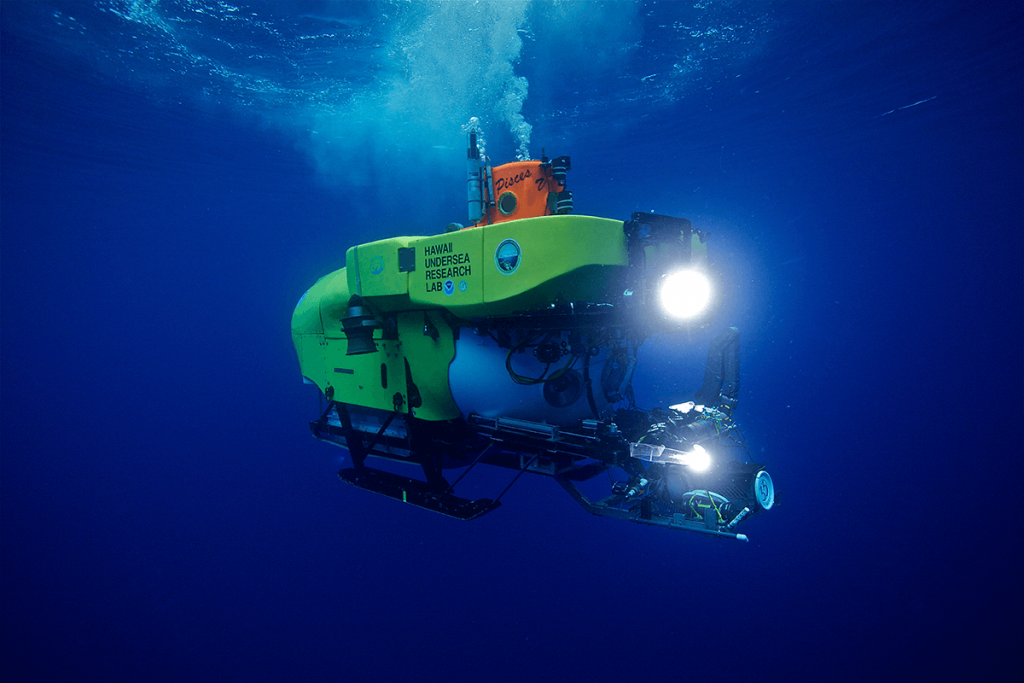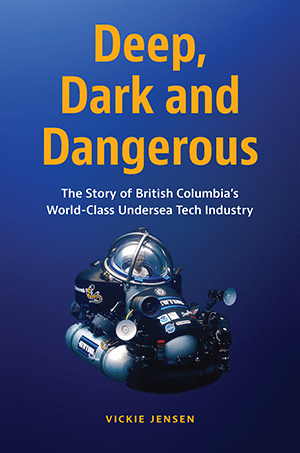My very first interview for the book was with subsea pioneer Al Trice. After 16 and a half years as a commercial diver, he had logged some 12,000 hours working underwater. The jobs were ever deeper and more difficult. That’s when it finally hit him: There has to be a better way. Here’s his story of that realization and the amazing result!
In a strange way, the story of B.C.’s first deep-diving submersible harkens back to 1964 and a cold, deep salvage contract of Barge 10. This oil scow barge had gone down in 80-100 meters (260-330 ft) of water near tiny Paisley Island, at the entrance to Howe Sound. Al Trice and Don Sorte made up one of two scuba teams working on the dive along with two single hardhat divers. “We had just started building Pisces I and were fast running out of money,” Al recalls. “We got double pay on this job because of the depth. That helped, but it was tough work.”
Worried about the depth, Worker’s Compensation Board assigned a doctor to monitor the dive. He cut the divers back from 25 minutes bottom time, five days per week, to only 14 minutes and four days a week. For the scuba teams, that meant 14 minutes of work followed by a minute at 130 feet, some intermediate stops to 30 feet, and then a quick scramble into a decompression chamber for two hours. Al recalls working 12-hour days in order to get any real work done on what he calls “one of the most difficult dive jobs ever.”
“I used a double hose regulator and a dry suit so I was fairly warm at that depth. Don used a single hose regulator and wore only a wet suit,” Al explains. “We both used double tanks which was plenty for me. But Don was bigger and colder, so he almost always burned through his air. Often we’d buddy breathe coming up.”
Al and Don both realized there had to be a better way. They had already come up with the idea of a small vehicle that could go down to 2,500 feet, the deepest depth of B.C.’s fjords. But at the time, an affordable craft didn’t exist for that depth. So, they had decided to build it themselves. In Seattle, they’d connected with Mack Thomson, an inventive Boeing machinist who was interested in the challenge. Sketching on a paper napkin, the threesome planned a $20,000 submarine they’d build in three months.
Eventually, that dream became the legendary Pisces I, but it would take 26 months, a lot more diving jobs and $100,000 to launch. Despite the extra time and cost, it was, in fact, a better and safer way of working at great depth. And the Pisces class submersibles would soon work around the world.











